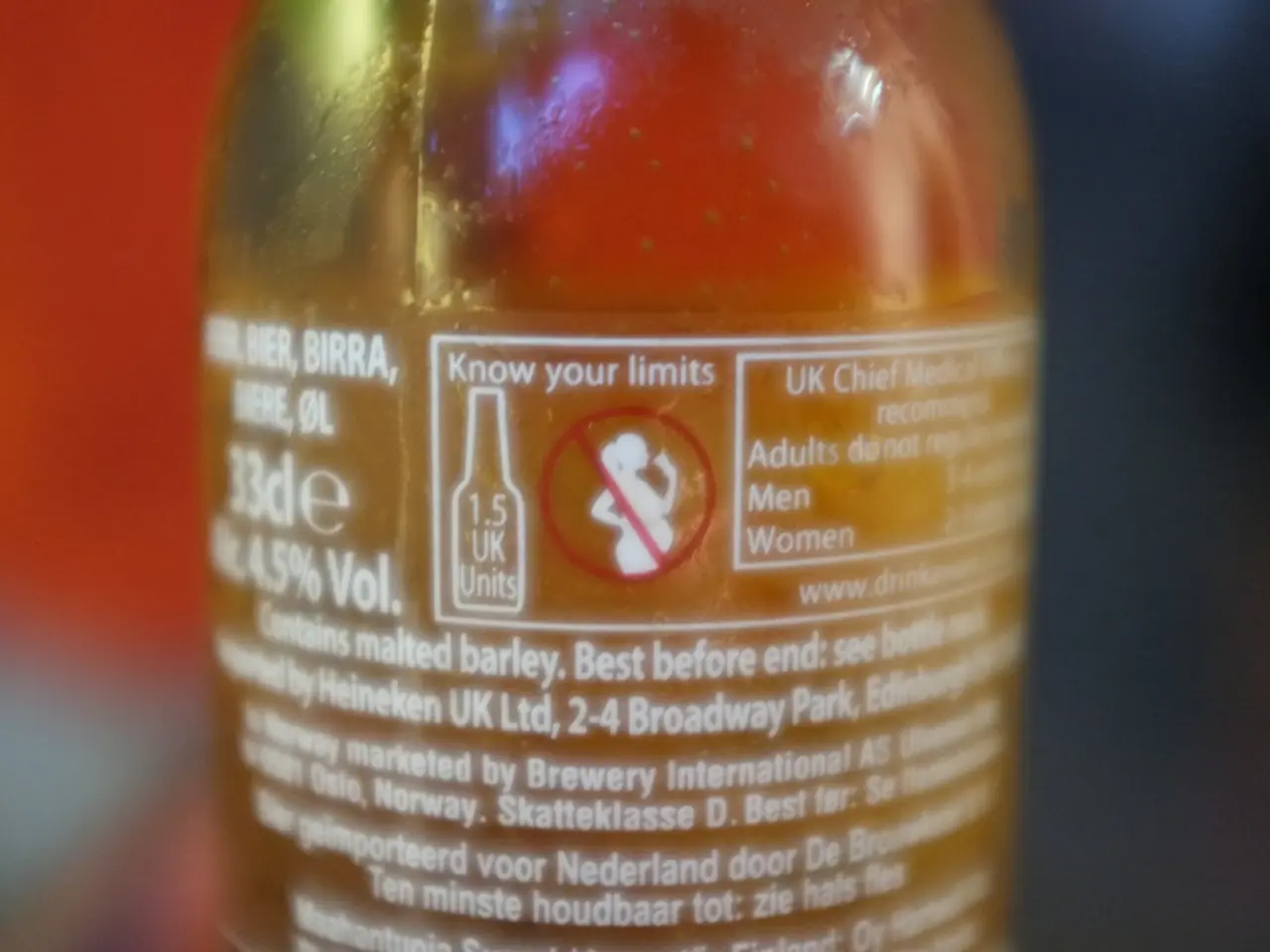Routine for managing rosacea symptoms: Advice and additional insights
The American Academy of Dermatology Association (AAD) offers guidance for individuals with rosacea, a common skin condition characterised by redness, bumps, and swelling. To manage rosacea symptoms, the AAD recommends a gentle, fragrance-free skincare routine [1].
A daily skincare routine for rosacea-prone skin should include a light, fragrance-free cleanser, a moisturiser, and a broad-spectrum sunscreen with SPF 30 or higher [1]. Avoiding harsh cleansers such as exfoliants, astringents, and irritating chemicals is crucial to protect the skin barrier [1].
When it comes to choosing a moisturiser, opt for products containing rosacea-friendly ingredients like aloe vera, ceramides, and niacinamide. These ingredients can help improve dryness, reduce inflammation, and boost the skin's moisture and resilience [2].
In addition to skincare, the AAD advises avoiding triggers such as sun exposure, spicy foods, alcohol, stress, and hot beverages [1][3]. Topical treatments approved by the FDA and commonly recommended include topical metronidazole, azelaic acid, ivermectin, sodium sulfacetamide/sulfur preparations, and encapsulated benzoyl peroxide cream [1][4]. Oral antibiotics like doxycycline or minocycline may be prescribed for moderate to severe inflammation, while alternatives include oral erythromycin and topical metronidazole [1].
Newer topical agents such as brimonidine and oxymetazoline can reduce persistent redness by vasoconstriction, addressing visible blood vessels [1]. Laser and intense pulsed light (IPL) therapies may be considered to target redness and visible blood vessels, but their use should be done cautiously, especially in darker skin types, due to variable results and risks like postinflammatory hyperpigmentation [1].
Dermatologist Maria Urbani's IKI Skin Care line embodies principles recommended by the AAD: minimalist, science-backed products featuring soothing ingredients like centella asiatica and colloidal oatmeal, aimed at reducing inflammation without irritation [2].
In summary, the best AAD-recommended rosacea skincare approach includes:
- Gentle, fragrance-free cleansers and moisturisers
- Daily sunscreen with SPF 30
- Avoidance of triggers (sun, spicy foods, alcohol, stress)
- Use of prescribed topical medicines (metronidazole, azelaic acid, ivermectin)
- Possible oral antibiotics if indicated
- Consideration of laser/IPL therapy under dermatologic supervision
These combined strategies focus on protecting and calming sensitive skin while controlling rosacea symptoms effectively [1][3][4]. It is always important to speak with a healthcare professional before using any new products and to test a product on an area like the neck before using it fully.
Read also:
- Alcohol's Impact on the Gallbladder: Exploring the Relationship and Further Facts
- Identifying Lupus: The Various Blood Tests Your Doctor Might Request
- Surgical intervention using the TIF method: Details, anticipations, and further insights
- Persisting in the face of tax reductions and layoffs, these pharmacists demonstrate unyielding resolve.







